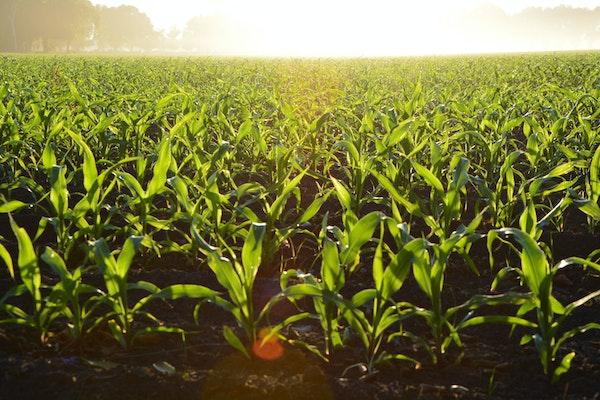Using Biochar in Agriculture Can Help Mitigate Climate Change

A recent study suggests that biochar, a carbon-rich material produced through the pyrolysis of organic matter, could be a valuable tool in agriculture for reducing greenhouse gas emissions and combating climate change. Biochar has long been used as a soil amendment and carbon sequestration agent in crop production.
Researchers have renewed interest in biochar due to its unique physical properties and environmental benefits. The study reviewed over 200 field studies from around the world and found that the application of biochar in agriculture can lower nitrous oxide emissions by about 18% and methane emissions by 3%.
While biochar alone is not effective at reducing carbon dioxide emissions, it can help when combined with nitrogen fertilizer or other organic materials. By converting organic waste into biochar, it is possible to achieve negative emissions and increase the soil's ability to absorb carbon. Biochar can store carbon in the soil for hundreds to thousands of years, making it a promising approach for achieving negative emissions and limiting global temperature increase.
The study highlights that agriculture is responsible for approximately 16% of global greenhouse gas emissions, and promoting the use of biochar could help mitigate these emissions. However, despite its potential, the commercialization and widespread adoption of biochar in agriculture face challenges, including limited promotion and lack of awareness among farmers. Efforts are underway to provide more information about the technology's benefits and effectiveness to farmers and policymakers. The ultimate goal is to increase farmers' confidence in biochar and encourage its adoption to address climate change.
Raj Shrestha is lead author of the study and a research associate in horticulture and crop science at The Ohio State University. This study was supported by The Arthur P. Sloan Foundation. Other Ohio State co-authors were Laura E. Lindsey, Rattan Lal, Klaus Lorenz and Scott M. Demyan, as well as Pierre-Andre Jacinthe from Indiana University Purdue University Indianapolis, Maninder P. Singh from Michigan State University and Wei Ren from the University of Kentucky. The study was published in the Journal of Environmental Quality.
Read more at Ohio State News.
